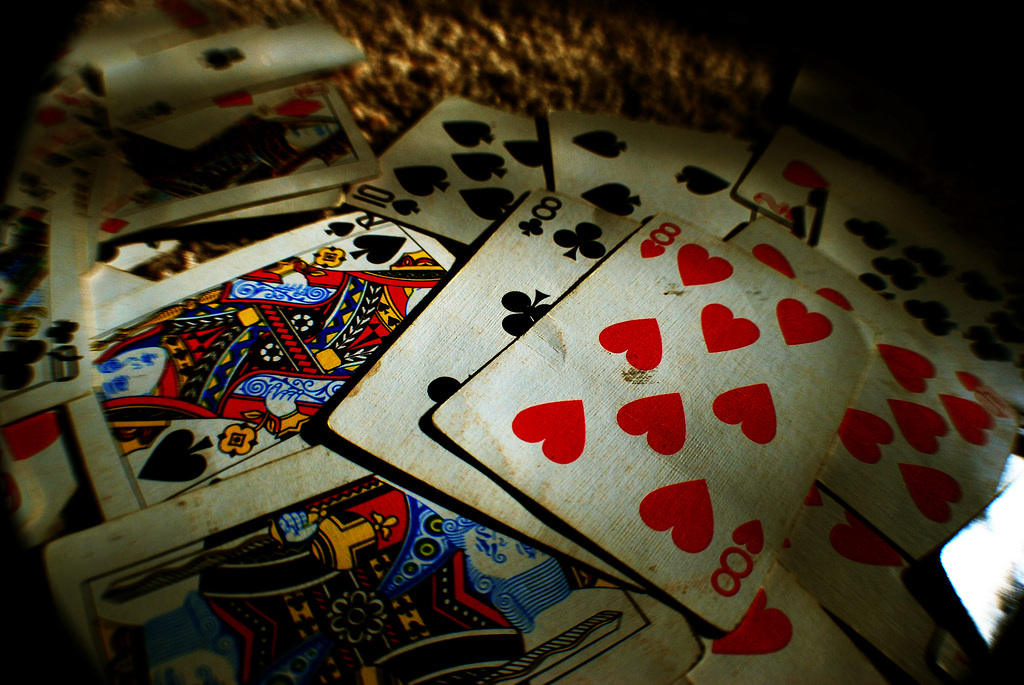When developing a deck, most people open up PowerPoint (or some other presentation software) and start working on slides. Before that, they might have created some sort of outline. For example: And then the slide creation work begins. A slick template is used, titles convey the content of each slide, images are inserted, some tables are created, transitions are selected, and it all looks, well, pretty. But when you start to dig in, the deck just does not hang together. Because there is no story.
So, exit out of your presentation software with all its bells and whistles and ask yourself this question: What’s the story I’m trying to tell? And no, the story is not about how you want to sell your solution to a customer or why a VC should invest in your company. That’s actually your objective. Stories have a beginning, middle, and end. There’s what I like to call a storyline that informs the actual story. For companies, the storyline is how and why the company was formed, its ethos. From that storyline, comes every story—or deck or pitch or video or other marketing asset—you create. Storylines have major themes which in my parlance are messages. The messages are the building blocks for every story you create. You probably have heard the marketing adage of staying on message. There’s an art to this as the messages should sneak up on you—not through word-by-word repetition but through themes, tone, and attitude. Before you start working on a deck, do some work on your storyline. Don’t fall into the classic trap of “We are the smartest people with the greatest technology that built a B2B enterprise solution for the XYZ industry.” That’s a snooze fest and no one is going to remember it. Instead, think about why the company was founded: Was there a seminal event, a light bulb moment that your founder(s) had when trying to accomplish something? Did his/her idea fill a void, meet an unmet need? What makes your storyline different from others in your market space? Pretend that you’re talking with someone who has no knowledge of what you do—what can you say to keep their interest? Work on making your storyline compelling. At the same time, make it simple and easy to follow so that people can remember who you are and what you do. How Google Works is an example of a great deck as it has a storyline and a story. If you take a look at this deck, you know it’s a Google deck—even if you went through the deck and removed every mention of Google, you would still know by the tone, playful images, and vibe that this is a Google presentation. Added to that, every slide is designed to tell a small story but when stringed together, tell a much bigger story. Finally, while the deck is interesting there’s also a simplicity to it—making it easy to remember. As you work on your storyline, be patient. Storylines are fluid and will grow and change as your company grows and changes. You will go through iterations as you work on decks and other marketing assets and that’s as it should be. Once you’re comfortable with your storyline, go back to your deck. Just like the storyline, every deck tells a story. Instead of thinking about the deck as the pitch deck or the sales deck, focus instead on your audience:
Think of each slide in your deck as a mini-story and make sure that as you run the slides together the bigger story comes into focus. Now that you have the story, it’s time to apply all those presentation software bells and whistles. A final thought: Just because you can, does not mean that you should. Bells and whistles should be used to propel the story (and storyline), not overpower it. One of my most common comments on slide decks is that they are too noisy. Animations, transitions, images, smartart, charts, and videos are great but use them sparingly so that the story does not get lost. Now, for some great resources. If you want to hone your presentation skills, go to Duarte, the best presentation firm I’ve ever worked with. Their site is a great resource for anything related to presentations and I own every book Nancy Duarte has written on the subject. Here are some other resources:
0 Comments
Your comment will be posted after it is approved.
Leave a Reply. |
AuthorMy thoughts on the state of marketing, big and small! Archives
April 2017
Categories
All
|
|
© COPYRIGHT 2018. ALL RIGHTS RESERVED. PRIVACY NOTICE
|


 RSS Feed
RSS Feed